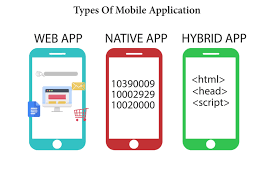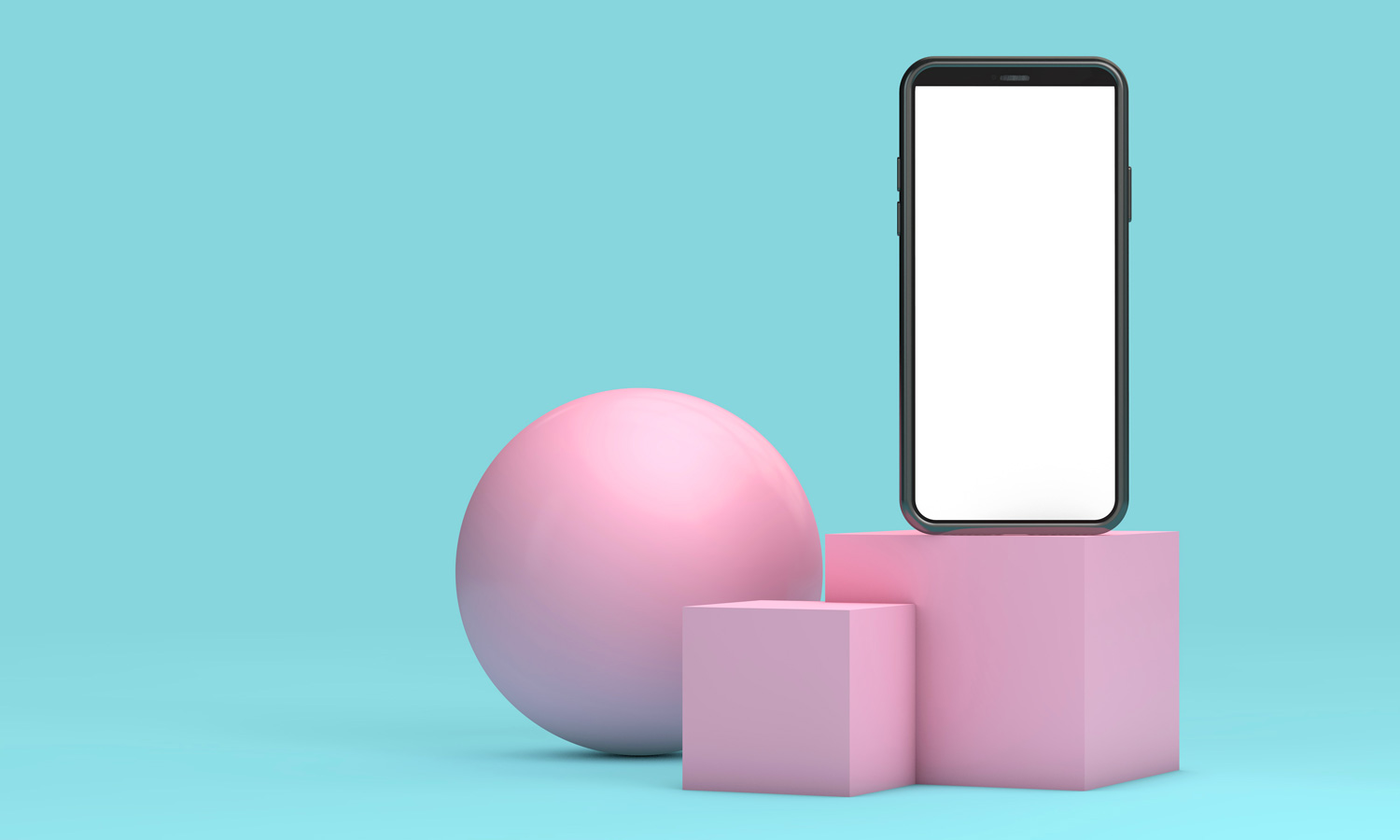Even companies that have never needed apps in the past join the game. Apps are an integral part of our everyday lives. There are 32 categories in Google Play and 24 in the App Store. Determining where the idea for your mobile app suits is an important step towards realizing the concept. Plus – as maintaining a daily user base is important for the effective monetization of an app –. I will provide advice on the objectives of each app to enhance the user experience and keep the users alive. Read on and I will outline the 6 key categories of mobile apps to help you decide the category of your app.
Table of Contents
3 Types of Apps
1.Native apps
The app designed for iOS, Android, Windows, Symbian or Blackberry systems can not be used on another device. Native apps from app stores of their kind are easily available and aim to hit target consumers. High performance and strong user experience as developers use native system UI are key advantages of mobile applications. Such drawbacks for native apps are higher than other software – because of the need to build app duplicates.
2.Hybrid apps
Hybrid Apps have normal advantages and drawbacks for both native and web mobile apps. A unified codebase ensures low-cost maintenance and seamless updates for all platforms. Widely used APIs are available, including a gyroscope, accelerometer, and geolocation.
3.Web apps
Web applications are identical to native applications. Online apps are running on a server and are usually written in HTML5, JavaScript, or CSS. These applications redirect a user to URL and provide the option “setup” by simply creating a bookmark for your tab. Just up to 14% of users spend on mobile websites. And only a few system APIs can be used (for example, geolocation)
Different Types of Usable Mobile Application
1. LIFESTYLE MOBILE APPS
A lifestyle app accelerates or facilitates the different aspects of your lifestyle. The advantage of these apps is that they will definitely be there for good until they are part of a user’s lifestyle collection. However, you canvisit http://diceus.com/industry/banking/mobile-banking/ .These are the apps people use every day to help them find the next song, restaurant, or destination. They’re the ones that help you discover yourself and what you like and don’t like.
Some examples of Lifestyle apps are:
- Spotify
- Tripadvisor
- Uber
2. SOCIAL MEDIA MOBILE APPS
Social networking applications are some of the most popular mobile applications available. Over 1 billion active daily users are registered on Facebook alone. Strava allows you to compare your statistics with other people (and even strangers) in your network. Many other applications allow you to share your social network with a product, high score, or news story. Consider introducing social media functionality to your app when you provide a service or sell a product. This feature will prevent your users from sharing over and over when contrasting their networks. It will also stop users from leaving the app.
Some common social media apps are:
- Snapchat
3. UTILITY MOBILE APPS
These are the kinds of mobile applications we use most often but for shorter time spans. Make every effort to raise the frequency of your utility app and monetize it effectively. Quick visits are not as lucrative, but they do add up to a substantial stream of revenue.
Some examples of common types of mobile apps in the utility category are:
- Reminders
- Calculator
- Flashlight
- Weather
4. GAMES/ENTERTAINMENT MOBILE APPS
Games are one of the most obvious categories of mobile apps and require little explanation. These types of apps are common among developers because they bring users back several times a week. Work on making your game as “addictive” as possible by providing rewards.
Some examples of game apps are:
- Angry Birds
- Clash of Clans
- Subway Surfer
5. PRODUCTIVITY of MOBILE APPS
Productivity can sound like one of the boring mobile app styles, it’s an extremely common category. These types of applications allow users to perform a task quickly and efficiently. This ensures that your customer is simpler, quicker, and more effective than your competitors. With the rise of ease through technology a lot of mobile banking app developers are coming and developing better banking apps for the users
Examples of productivity apps are, well, many of the products from both Google and Apple, like:
- Docs
- Sheets
- Wallet/Pay
- Evernote
- Wunderlist
6. NEWS/INFORMATION OUTLETS MOBILE APPS
All the news is the same, so create your own unique news app. But how much does it cost to create your own app? The average cost to develop an app is $171,450, but you can start with an MVP, which may take about $10,000 – $20,000. Connect your news app to the type of news you publish so that users search for something unusual. There are the biggest names in journalism, and they all have something special.
Examples of different types of popular news apps are:
- Buzzfeed
- Smart news
- Google News & Weather
- Feedly
- Yahoo News Digest
- Linkedin Pulse













